PROBLEM BACKGROUND
Blockchain technology has revolutionized various industries by providing decentralized, transparent, and secure transaction networks.
However, as blockchain adoption grows, scalability and congestion issues become increasingly prevalent, hindering the performance and
user experience of these networks. Traditional solutions have limitations, and there is a need for innovative approaches to address
congestion effectively while maintaining the core principles of decentralization and security.

OUR SOLUTIONS
The objective of this project is to develop and implement AI-driven solutions to decongest blockchain networks,
improving scalability, efficiency, and user experience. The project aims to leverage AI algorithms and techniques
to optimize various aspects of blockchain operation, including transaction processing, fee management, network routing,
consensus mechanisms, security, and off-chain scaling solutions.

Our Flagship feature
AI-driven dynamic resource allocation fortifying the sidechaining performance
Integration of machine learning to manage and optimize blockchain load through sidechains involving strategic use of data analysis,
prediction, and real-time decision-making systems. Sidechains are separate blockchains attached to the main chain, allowing for scalability
and isolated processing of transactions. By leveraging AI, the efficiency of how transactions are handled between the main chain and sidechains
can be significantly improved.
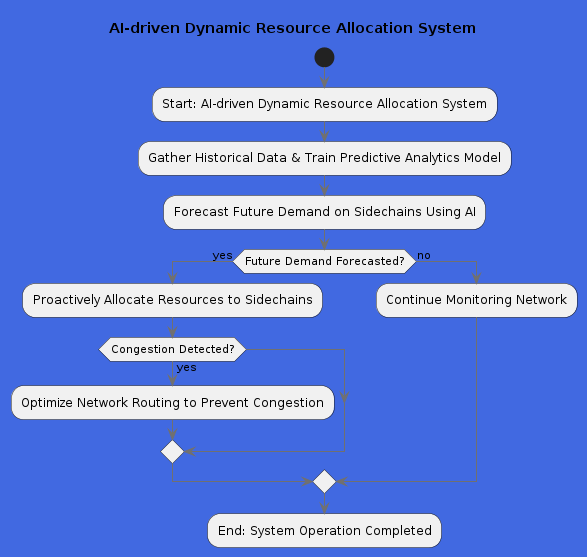
Data Collection and Analysis
Collecting comprehensive data from both the main chain and sidechains, including transaction throughput, load distribution,
time delays, and resource usage. AI can analyze this data to identify patterns, bottlenecks, and inefficiencies.

Predictive Modelling
Develop machine learning models to predict periods of high transaction volume and potential congestion.
These models can forecast when the main chain might experience high load and suggest prompt measures to distribute
transactions to sidechains accordingly.

Dynamic Load Balancing
Implement AI-driven algorithms that dynamically allocate transaction loads between the main chain and sidechains based on current
conditions and predictive insights. For instance, during peak periods, more transactions can be automatically routed to underutilized
sidechains.
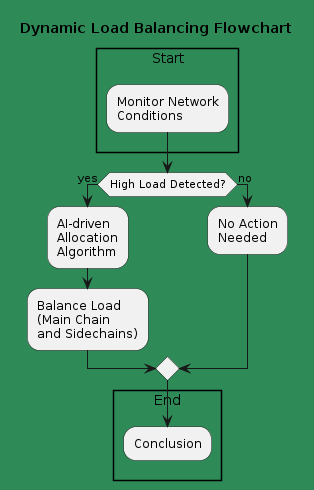
Optimal Resource Allocation
Use AI to optimize resource allocation on sidechains, ensuring that computational and storage resources are utilized
efficiently based on the transaction requirements and network conditions. This might involve scaling sidechain resources
up or down as needed.
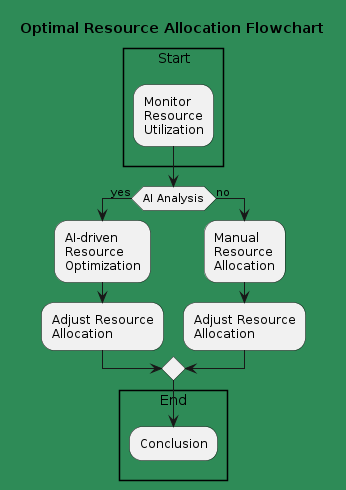
Transaction Prioritization and Routing
Develop an intelligent system that categorizes transactions based on urgency, fee, and resource requirements.
AI can decide the best chain (main or sidechain) for processing each transaction type to balance load without
compromising on transaction speed or cost.

Real-Time Monitoring and Adaptation
Employ AI systems to monitor network performance in real-time and adaptively make adjustments.
This includes rerouting transactions, adjusting fees, and even modifying consensus rules on sidechains
to improve throughput and latency.

Feedback Loop Systems
Integrate feedback loops where the AI system learns from the outcomes of its decisions to improve future performance.
This involves continuously training the AI system with new data from the network, enhancing its ability to predict and
manage loads effectively.

Collaborative Learning Across Chains
Enable AI systems on different sidechains to share insights and learn collaboratively, improving the overall intelligence and efficiency of the network.
This could help in understanding specific demands and peculiarities of different sidechains, optimizing the system holistically.

Smart Contract Automation
Utilize AI to automatically generate or adjust smart contracts based on observed network conditions and predefined rules. For example, smart contracts
could dynamically adjust the logic for transaction validations or settlements based on AI recommendations to alleviate congestion.
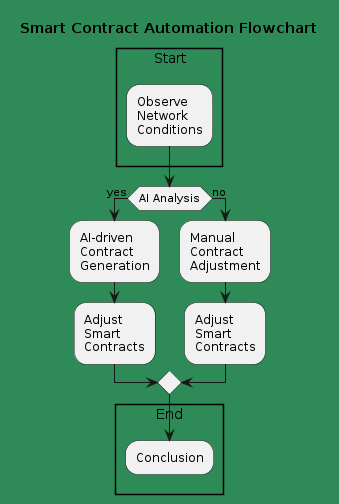
Stakeholder Communication and Control
Implement interfaces that allow network operators and users to interact with the AI system, providing inputs and receiving recommendations.
Transparency in AI decision-making will help in gaining trust and acceptance among users.

Machine learning based Dynamic Fee Adjustment
Dynamic and adaptive system optimizing transaction fees based on real-time network conditions and user preferences,
ultimately improving the efficiency and usability of the blockchain network
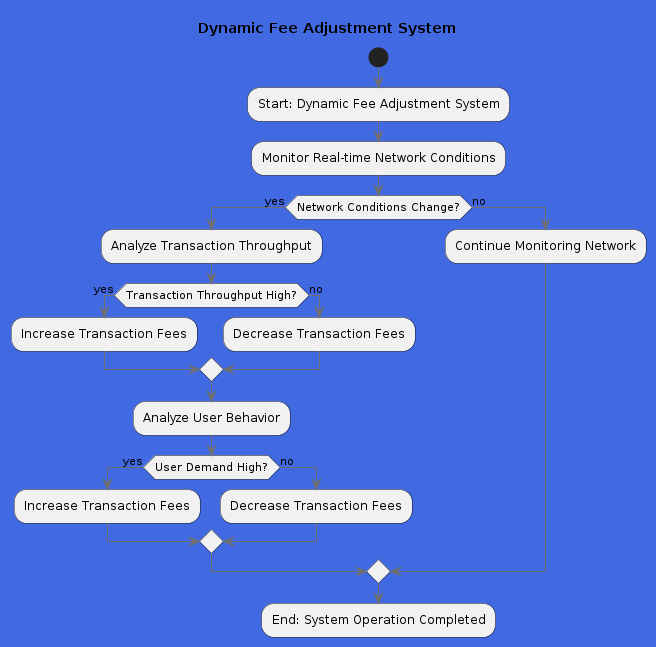
Anomaly Detection and Security
AI-based anomaly detection system tailored to the unique characteristics of blockchain networks,
enhancing the security posture, detecting and responding to security threats more effectively,
and mitigating the risk of malicious activities impacting blockchain operations.
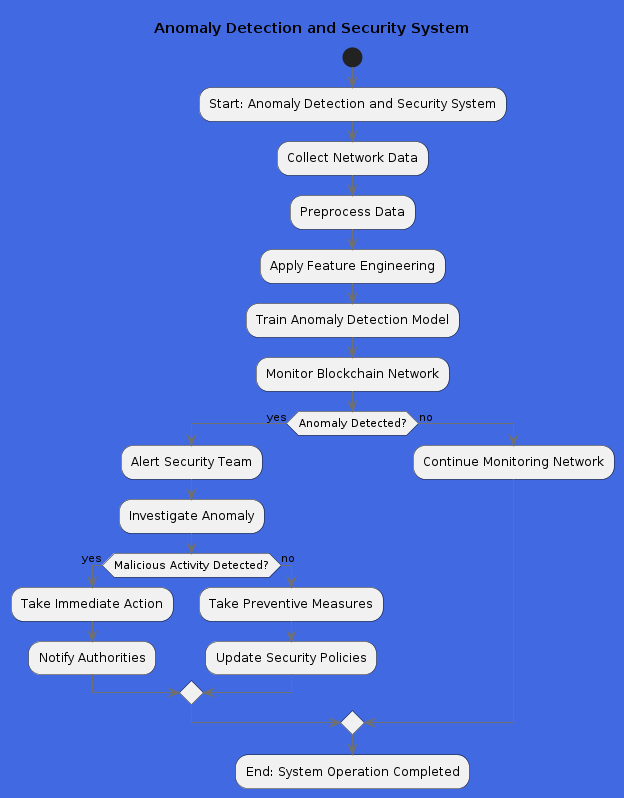
We Are Finways
Our aim is to inculcate the new age crypto experience into the lives of as many people as we can






























